-
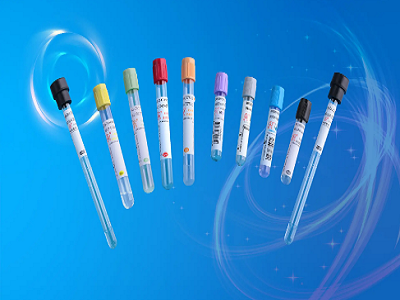
Application and principle of vacuum blood collection
Application and principle of vacuum blood collection Red Clinical use: serum biochemical blood bank test Type of specimen prepared: Serum Sample preparation steps: immediately reverse and mix for 5 times after blood collection - stand for 30 minutes - centrifugation Addi...Read more -
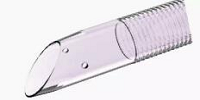
Disposable puncture device for laparoscope
Scope of application: it is used for puncture of human abdominal wall tissue during laparoscopy and operation to establish the working channel of abdominal surgery. 1.1 specification and model The specifications and models of disposable laparoscopic puncture device are d...Read more -
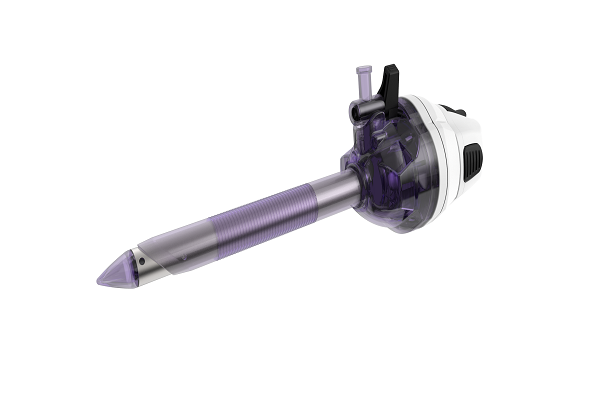
What do you know about disposable laparoscopic puncture device?
When it comes to laparoscopic surgery, people are no stranger. It is usually operated in the patient's cavity through 2-3 small incisions of 1 cm. The main purpose of disposable laparoscopic puncture device in laparoscopic surgery is to penetrate the whole layer of abdom...Read more -
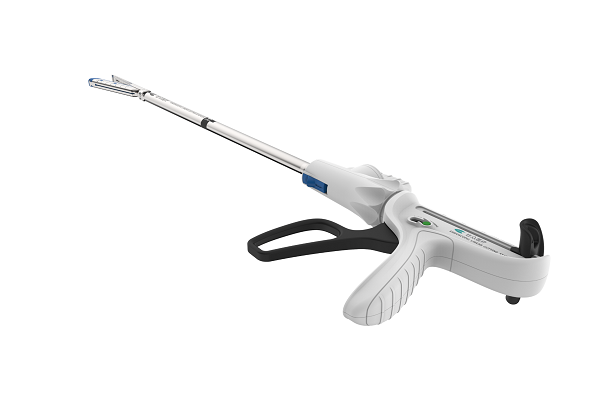
Stapler’s performance
The stapler shall be opened and closed flexibly without jamming The stapler shall be equipped with empty nail bin safety protection device (not firing) and maintain its reliability. Note: empty nail bin refers to the components that have been fired. After the stapler is ...Read more -
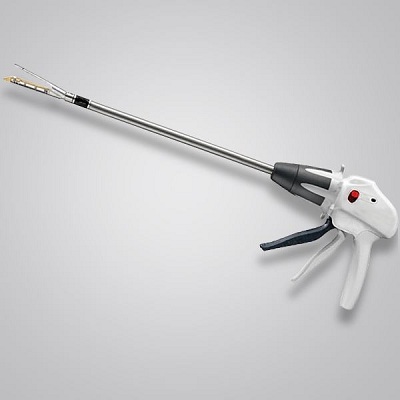
The product consists of stapler body and components
Stapler body: 1 2. Cone cap Nail butting seat 3 Cutting assembly rack 4 Guide block 5 Inner lining rod 6 Cutting knife 7 Position shaft 8 Enclosure 9 Push button 10 Locking lever 11 Lock lever housing. Components: 12 Nail bin cover 13 Nail bin 14 Organize the locating pi...Read more -
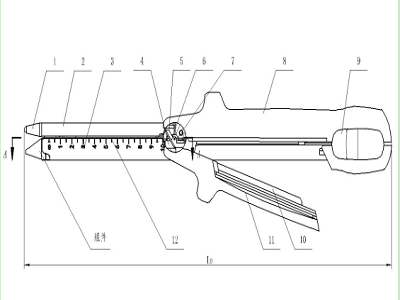
Disposable linear cutting stapler and components
Scope of application: it is applicable to the creation of anastomosis and the closure of stump or incision in digestive tract reconstruction and other organ resection. Structure composition of disposable linear cutting stapler 1 The stapler can be divided into two struct...Read more -
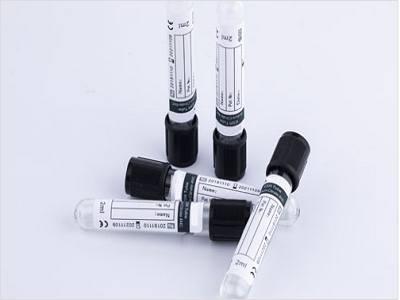
ESR’s application
Specific application of ESR: In general, the clinical application of ESR is mainly to observe diseases such as tuberculosis and rheumatic fever. ESR can also be used to identify certain diseases: myocardial infarction and angina pectoris, pelvic inflammatory mass and unc...Read more -
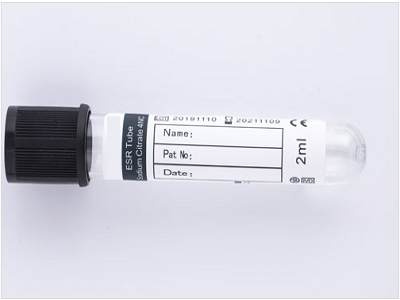
Clinical significance of ESR
ESR is a non-specific test and cannot be used alone to diagnose any disease. Physiological erythrocyte sedimentation rate increased The erythrocyte sedimentation rate increased slightly during the menstrual period of women, which may be related to endometrial rupture and...Read more -
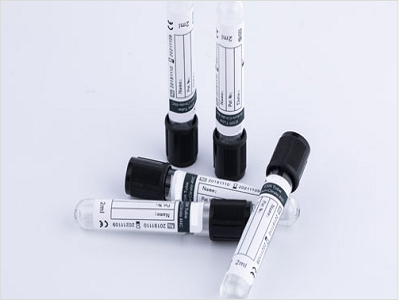
Factors and reasons affecting ESR
The factors that affect ESR are as follows: 1. The rate at which red blood cells sink per unit time, the amount and quality of plasma proteins, and the amount and quality of lipids in plasma. Small molecular proteins such as albumin, lecithin, etc. can slow down, and mac...Read more -
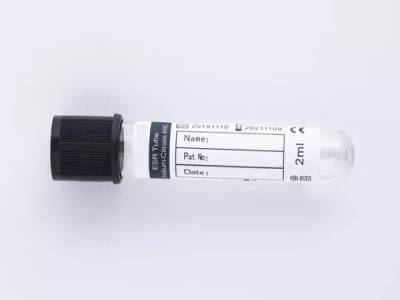
The principle and determination of erythrocyte sedimentation rate
Erythrocyte sedimentation rate is the rate at which erythrocytes naturally sink in in vitro anticoagulated whole blood under specified conditions. Erythrocyte sedimentation rate principle The saliva on the surface of the red blood cell membrane in the bloodstream repels ...Read more -
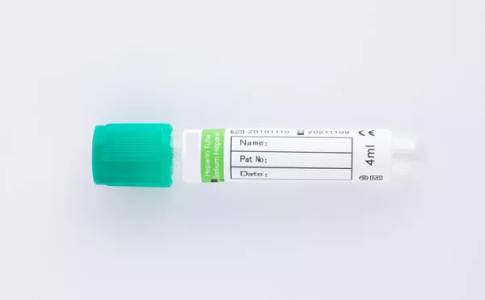
Classification of vacuum blood collection tubes, principle and function of additives – part 2
Blood collection tubes with anticoagulant in the tube 1 Blood collection tubes containing sodium heparin or lithium heparin: Heparin is a mucopolysaccharide containing a sulfate group with a strong negative charge, which has the effect of strengthening antithrombin III t...Read more -
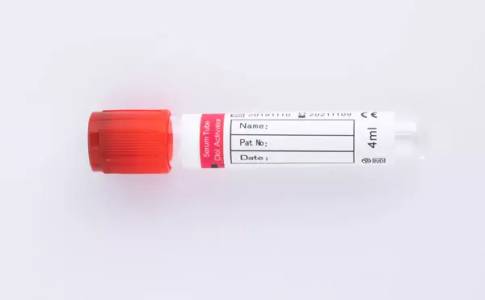
Classification of vacuum blood collection tubes, principle and function of additives – part 1
The vacuum blood collection device consists of three parts: a vacuum blood collection tube, a blood collection needle (including a straight needle and a scalp blood collection needle), and a needle holder. The vacuum blood collection tube is its main component, which is ...Read more -
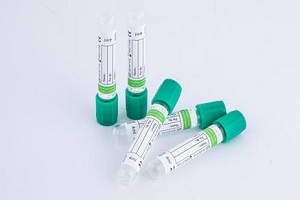
Knowledge of serum, plasma and blood collection tubes – part 3
Plasma is a cell-free liquid obtained by centrifuging the whole blood that leaves the blood vessel after anticoagulation treatment. It contains fibrinogen (fibrinogen can be converted into fibrin and has a coagulation effect). When calcium ions are added to the plasma, r...Read more -
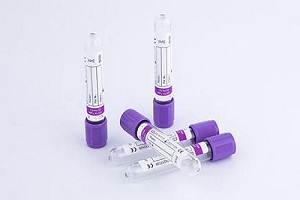
Knowledge of serum, plasma and blood collection tubes – part 2
The basic components of plasma A. Plasma protein Plasma protein can be divided into albumin (3.8g% ~ 4.8g%), globulin (2.0g% ~ 3.5g%), and fibrinogen (0.2g% ~ 0.4g%) and other components. Its main functions are now introduced as follows: a. Formation of plasma colloid o...Read more -
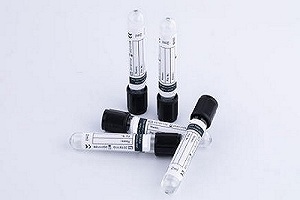
Knowledge of serum, plasma and blood collection tubes – part 1
Serum is a pale yellow transparent liquid precipitated by blood coagulation. If the blood is drawn from the blood vessel and put into a test tube without anticoagulant, the coagulation reaction is activated, and the blood coagulates rapidly to form a jelly. The blood clo...Read more
- E-Mail: smail@smailmedical.com
- Call-Us: +8615319433740





